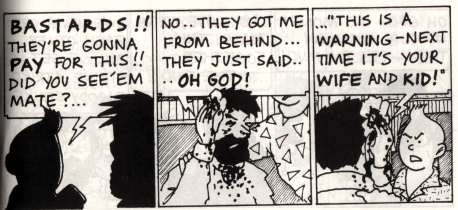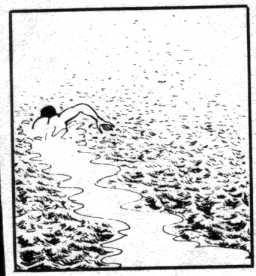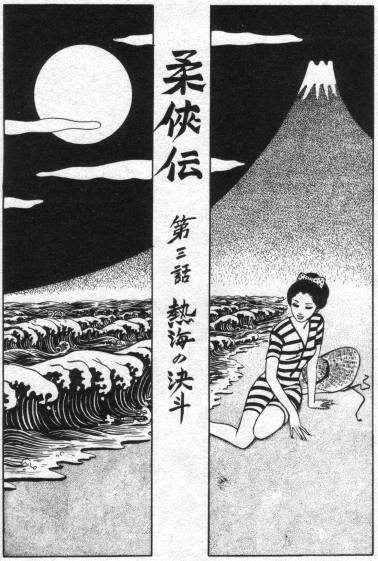So, for Christmas, I got the new-old silent movie version of The Call of Cthulhu. Short review: YES. Long review follows.
I have been a fan of Lovecraft since discovering his work in my teens. Like many other nerds, I was drawn by three main things: his hallucinogenic, overexcited style; his relative obscurity; and, finally, the by-fiat nature of his scare aesthetic.
You see, most artists, when trying to serve up ultimate cosmic horror, flail desperately and end up with a baroque collage of things that are already horrible, except flayed, and upside-down, and with guns on its shoulders. Lovecraft preferred to just state from the outset that what he was talking about was so very wrong that it couldn't be rendered in words, or any other way, and even if it could it would drive you mad, so just take his word for it, it was the worst thing ever.
But, as we all know, when a nerd hears "you literally cannot even imagine this" they take it as a personal challenge, and a rather insulting one at that. I honestly believe that this is one reason Lovecraft is so popular among my fellows. We all like to believe that we do understand, same as we all like to believe we are enlightened like Joshu. Also, we love those final scenes when his characters start ranting in italics.*
Anyway, this Unimaginability represents fifth-column pomo sabotage from within the story itself, and dooms any straight attempt to film Cthulhu to embarrassing failure. No CGI valley is uncanny enough to actually drive an audience mad. So what are filmmakers to do? The answer is as simple as it is brilliant: constrain themselves! And since the story itself dates from the 20s, a silent movie is the perfect solution. Man, it's genius.
You won't mistake this for an actual silent movie from the 20s. The visuals are just too clean, Mythoscope notwithstanding. But the sets are canvas and cardboard, the makeup is Nosferatutian, and in the end, the very visibility of their loving homage makes it much more enjoyable than a perfect pastiche would be.
And when the stop-motion Cthulhu comes out, it's glorious and hilarious and chilling, all at the same time. Goofy and Eerie are both subsets of Weird, after all... why shouldn't they overlap sometimes?
In summary, if you had a paperback Lovecraft collection in your teenage years too, you could do a lot worse than divert your next DVD-purchasing money quantum to this movie. It may not be high art, but believe me when I say that it is the absolute pinnacle of fan art.
* Lovecraft's, not Joshu's. Although that would be interesting. "Has a dog Buddha-mind?" "A mu so unfathomably oblique that even to glimpse its form by night, writhing in silhouette against the cold, distant stars, could reduce the feeble-minded to gibbering husks of humanity! ITS FIRE RADICAL! O, GOD, ITS HIDEOUS FLATTENED FIRE RADICAL!!!!!"
![[No-sword]](http://no-sword.jp/images/site/no-sword_banner.jpg)











